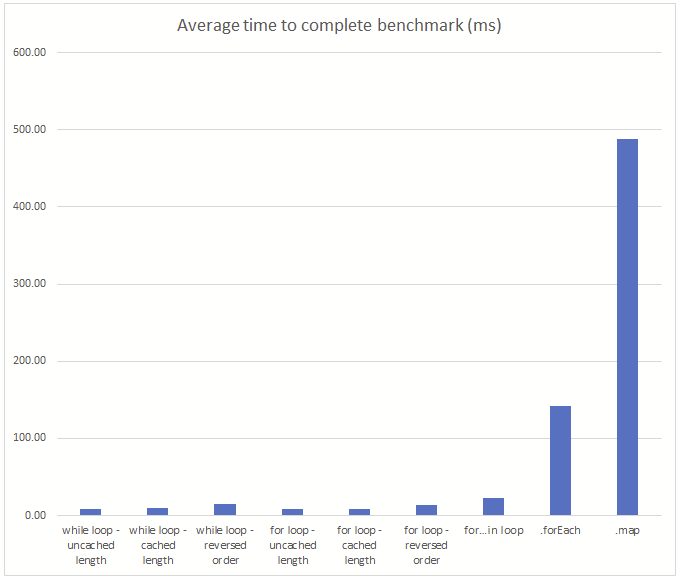Widget buildFooterWidget() {
return Padding(
padding: const EdgeInsets.all(8.0),
child: Text('This is the footer '),
);
}
class FooterWidget extends StatelessWidget {
@override
Widget build(BuildContext context) {
return Padding(
padding: const EdgeInsets.all(8.0),
child: Text('This is the footer '),
);
}
}
class CustomWidget extends StatelessWidget {
const CustomWidget();
@override
Widget build(BuildContext context) {
...
}
}
-
When building your widgets, or using flutter widgets. this helps flutter to rebuild only widgets that should be updated. The widget will not change when setState calls. It will prevent the widget to rebuild.
-
You can save CPU cycles and use them with a const constructor.
// good
text != null ? Text(text) : const Container()
// Better
text != null ? Text(text) : const SizedBox()
// BEST
text != null ? Text(text) : nil
or
if (text != null) Text(text)
check nil package
// FROM
return value
? const SizedBox()
: const Placeholder(),
// TO
return value
? const SizedBox(key: ValueKey('SizedBox'))
: const Placeholder(key: ValueKey('Placeholder')),
// FROM
final inner = SizedBox();
return value ? SizedBox(child: inner) : inner,
// TO
final global = GlobalKey();
final inner = SizedBox(key: global);
return value ? SizedBox(child: inner) : inner,
- By using keys flutter recognizes widgets better. This gives better performance.
ListView.builder(
...
addAutomaticKeepAlives: false (true by default)
addRepaintBoundaries: false (true by default)
);
-
ListView couldn’t kill its the children are not being visible on the screen. It causes consumes a lot of memory if children have high-resolution images.
-
Doing these options false, could lead to the use of more GPU and CPU work, but it could solve our memory issue and you will get a very performant view without noticeable issues.
- UpperCamelCase names capitalize the first letter of each word, including the first.
- lowerCamelCase names capitalize the first letter of each word, except the first which is always lowercase, even if it’s an acronym.
- lowercase*with_underscores names use only lowercase letters, even for acronyms, and separate words with *.
Classes, enum types, typedefs, and type parameters should capitalize the first letter of each word (including the first word), and use no separators.
class SliderMenu { ... }
class HttpRequest { ... }
typedef Predicate<T> = bool Function(T value);
const foo = Foo();
@foo
class C { ... }
library pegparser.SourceScanner;
import 'file-system.dart';
import 'SliderMenu.dart';
library peg_parser.source_scanner;
import 'file_system.dart';
import 'slider_menu.dart';
for more informations check dart styles
var car = van == null ? bus : audi; // Old pattern
var car = audi ?? bus; // New pattern
var car = van == null ? null : audi.bus; // Old pattern
var car = audi?.bus; // New pattern
(item as Car).name = 'Mustang'; // Old pattern
if (item is Car) item.name = 'Mustang'; // New pattern
var discountText = 'Hello, ' + name + '! You have won a brand new ' + brand.name + 'voucher! Please enter your email to redeem. The offer expires within ' + timeRemaining.toString() ' minutes.';
var discountText = 'Hello, $name! You have won a brand new ${brand.name} voucher! Please enter your email to redeem. The offer expires within ${timeRemaining.toString()} minutes.';
Caching the length of the list involves setting the length of the list we will be looping through to a variable before looping.
We use benchmark_harness for all test
1. With uncached length (took around 9.14ms to complete)
var count = 0;
num eachElement = 0;
while (count < list.length) {
eachElement = pow(list[count], 3);
count++;
}
2. With cached length (took around 9.65ms to complete)
var count = 0;
num eachElement = 0;
var length = list.length;
while (count < length) {
eachElement = pow(list[count], 3);
count++;
}
1. With uncached length (took around 9.08ms to complete)
for (var i = 0; i < list.length; i++) {
eachElement = pow(list[i], 3);
}
2. With cached length (took around 9.01ms to complete)
num eachElement = 0;
var length = list.length;
for (var i = 0; i < length; i++) {
eachElement = pow(list[i], 3);
}
num eachElement = 0;
for (var element in list) {
eachElement = pow(element, 3);
}
num eachElement = 0;
list.forEach((element) {
eachElement = pow(element, 3);
});
num eachElement = 0;
list.map((e) {
eachElement = pow(e, 3);
}).toList();
precacheImage(AssetImage(imagePath), context);
**For SVGs you need flutter_svg package.
precachePicture(
ExactAssetPicture(
SvgPicture.svgStringDecoderBuilder,iconPath),context,
);
For example:
Listview → Listview.builder


